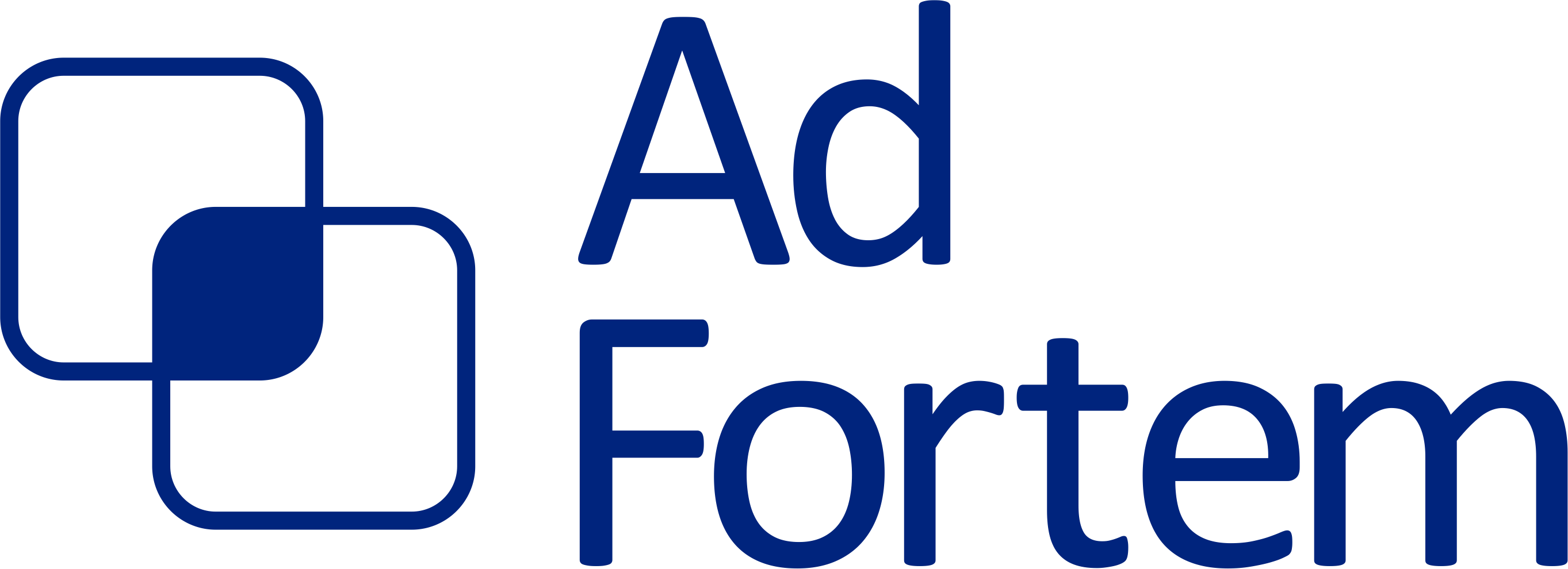

It’s important to know that there are several types of engraving machines. In this blog post, we’ll explore these types, explain how they work, and briefly discuss their pros and cons.
Laser engravers use a powerful, precisely focused beam of light to burn the surface of a material, creating a permanent mark. This is a contactless process that enables fine, detailed engravings. The engraving depth depends on the laser’s power and number of passes. Common systems include CO2 lasers and fiber lasers.
Materials: Metals (e.g. stainless steel, aluminum, copper), glass, wood. Also possible for leather, stone, and some ceramics.
Typical applications: Personalizing jewelry and trophies, branding and identification on electronics and auto parts, medical tools, nameplates, photo engravings, serial numbers, etc.
Advantages: Extremely precise and fast, versatile on many materials. Contactless process avoids tool wear and ensures even, durable markings. Minimal manual labor and ideal for serial production.
Disadvantages: Relatively shallow engraving depth (usually ≤ 1–2 mm), high initial and maintenance costs. Safety precautions needed (laser beam protection). Some materials (like plastics) may deform, discolor, or release toxic fumes.
These machines use a physical cutting tool (a small rotary bit or stylus) to remove material. Traditional models follow a manual stylus over a template, transferring the shape into the material. Modern versions have a powered spindle and often require no computer control. The bit spins at thousands of RPMs to carve deep into metal, plastic, or wood.
Materials: Brass, copper, steel, plastics, and woods like birch and hardwoods.
Typical applications: Nameplates, house numbers, awards, jewelry engraving (e.g., inside rings), decorative work on gifts.
Advantages: Sturdy and reliable, can work without electricity or electronics. Excellent for deep engravings. Easy to maintain and operate.
Disadvantages: Slower than lasers. Precision depends on the user’s skill (unless CNC-controlled). Produces dust and wears out the tool. Limited in fine detail and complexity compared to laser or CNC.
CNC engravers combine rotary tools with computer control. Designs are made in CAD/CAM software and converted to G-code. The CNC controller directs servo motors to move the engraving tool (rotating bit or diamond tip) precisely along the X and Y axes. Two main methods: diamond drag engraving (non-rotating tip) and rotary engraving (high-speed cutting). These machines can operate at up to ~20,000 RPM.
Materials: Metals (gold, silver, copper, aluminum, stainless steel, mild steel), plastics (ABS, nylon, PU, PE…), and woods (cork, balsa, birch, hardwoods).
Typical applications: Industrial part markings, 3D relief engravings, nameplates, molds, artistic objects, and precision components.
Advantages: Highly repeatable and accurate due to digital control. Efficient for series production. Capable of deep and complex engravings. Parameters can be finely adjusted for consistent quality.
Disadvantages: High cost of purchase and operation (machine, software, tools). Requires expertise (programming, CAM). Generates chips, vibrations, and tool wear—especially with hard materials.
No comments found.
Sign up here to receive the newsletter
Terms and conditions of sale
About us
Our mission
Privacy Policy
Coockie Policy
Blog
Roland-dealer
Gravotech-dealer
Poli-tape-dealer
Training
Our services
UV-printing
Types of ink
Types of blades for cuttingmachines
Types of engraving tools
Laserengraving, how does it works
What is MOPA
Laserengraving versus CNC-engraving
Gantry versus galvo-laserengraving
Dot Peen machines
Difference between fiber and CO2 lasers
Monomeer, polymer or cast print media
Printing gloss
Flatbedprinter
How to choose your laser lens
The Evolution of DTF Printing
Sitemap